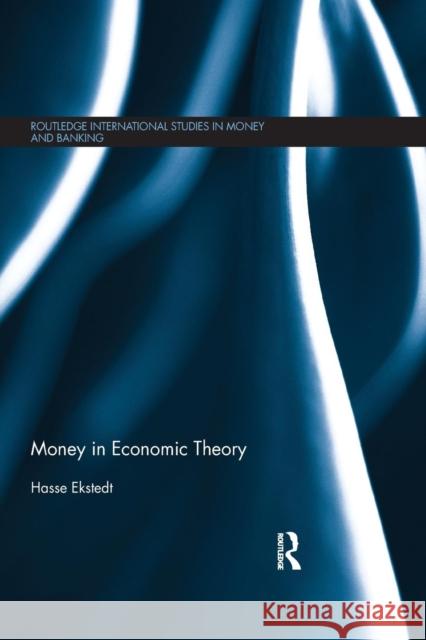Money in Economic Theory » książka
Money in Economic Theory
ISBN-13: 9781138901254 / Angielski / Miękka / 2015 / 294 str.
Money in Economic Theory
ISBN-13: 9781138901254 / Angielski / Miękka / 2015 / 294 str.
(netto: 272,17 VAT: 5%)
Najniższa cena z 30 dni: 266,93 zł
ok. 16-18 dni roboczych.
Darmowa dostawa!
The financial crash of 2008 showed the fragility of the financial system. A key question which surfaced in the aftermath of the global crisis was why economists were unable to predict this crash. This new volume argues that this failure can be attributed, at least in part, to the poor and inconsistent treatment of money and monetary matters in economic theory. The book takes this problem as its starting point, and from there aims to develop a more consistent treatment of the topic. Here, Hasse Ekstedt affirms that the treatment of money in economic theory has been inconsistent and that the topic of money can in fact be seen as anomalous. He argues that this anomaly depends on deficiencies in the economic theory, which through an equilibrium approach mainly perceives money as an index of measurement. In contrast, this volume puts forward the case for money as a non-equilibrium concept, and that the stability of money and financial markets are to be sought in social and institutional structures. In particular, the volume discusses the relationship between the market and public bodies, as well as addressing economic and financial stability in general and in relation to the globalized economy, particularly focussing on the problem of structural stability. In doing so, the book offers a new approach both to money and to its role in economic theory.











